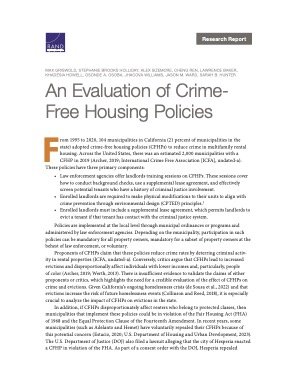By Lauren Hamilton, Lucy Macmillan, Rodney Vlais
• In 2023, the Northern Territory Department of Children and Families commissioned Australia’s National Research Organisation for Women’s Safety (ANROWS) to conduct separate process evaluations of the two government-funded community-based men’s behaviour change programs (MBCPs) in the NT. • The MBCPs are delivered by two service providers, CatholicCare NT in Darwin and Wadeye, and Aboriginal Community-Controlled Organisation (ACCO) Tangentyere Council in Alice Springs. • This paper draws together key findings from the two evaluations relating to the MBCPs’ operating contexts, practice strengths, and the barriers and enablers to implementing quality practice. It provides recommendations from across the two evaluations, focused on both the program level and the system level. • As part of the process evaluations, ANROWS developed the Quality Practice Elements for Men’s Behaviour Change Programs (MBCPs) in the Northern Territory (“quality practice elements”) in consultation with the two MBCP service providers and the Northern Territory Department of Children and Families. The quality practice elements were designed to support an assessment of quality practice being delivered by the two MBCPs. They outline nine areas of quality practice for MBCPs, contextualised to the NT, and were used to inform evaluation findings. The quality practice elements are published separately and can be read alongside this paper. What was examined? The process evaluations examined two community-based MBCPs funded by the Northern Territory Department of Children and Families: CatholicCare NT’s Perpetrator Intervention Service operating in Darwin and Wadeye, and Tangentyere Council’s Marra’ka Mbarintja MBCP operating in Alice Springs. The focus on “process” meant the evaluations examined how the MBCPs were being delivered, rather than whether or not they were achieving intended outcomes. Specifically, the evaluations sought to understand how the MBCPs were being delivered in practice, and to compare this with what is understood to be quality practice for MBCPs in the context of the NT. The evaluations were guided by the following high-level questions: • How is each MBCP operating in its context? • How integrated is each MBCP with the community and service system? • How does each MBCP align with relevant standards of quality practice? • How does each MBCP manage risk and are there any unintended consequences? • What could be put in place to improve or prepare for future monitoring and evaluation of each MBCP? Why is this important? There is a clear need for evaluations of domestic and family violence (DFV) programs and initiatives that are specific to the NT context, to support evidence-informed policy and practice to address the immense problem of DFV in the NT. This is particularly the case in relation to MBCPs, where evidence is needed to understand how these programs operate in different contexts, and the role they can play within a broader DFV service system. As this was the first time the two NT MBCPs have been externally evaluated since their inception, this work aimed to support the MBCPs and the NT Government to understand how the programs are being implemented, key factors that are influencing implementation, and areas for improvement. Findings from the evaluations are intended to support service provider-level decisions about adaptations or adjustments to the MBCPs and importantly, to identify system-level opportunities for the NT Government to support the MBCPs to work towards enhancing the safety of women and children in the NT.
Sydney: Australia’s National Research Organisation for Women’s Safety (ANROWS), 2025. 36p.





















